The male Prairie Warbler is bright and attractive with its olive and yellow colors. It has reddish streaks on its olive back. A black eye stripe and bold black arc under the eye highlights its yellow eyebrow and cheek. The throat is bright yellow and black stripes accent its sides. This species often pumps its long tail which has white outer feathers.
Comments
This program reviews the behavior of many bird species while feeding, discusses what they are feeding upon, adaptations for feeding, and how birders can use these behaviors to help with bird identification. The Scarlet Tanager is widespread during the summer in most of the eastern U.S. and lower parts of Canada. Spending winters in northern South America it migrates through southern states to breed in deciduous and mixed deciduous-coniferous forests. While many North American bird species are in decline, few groups are in as steep a drop as the grassland species. Further reading on the topic can help provide focus on the scary details and the steps being taken to help. When I learned about Honey Run Highlands, I kept this place in mind as it is much closer to home for me. Some bird species are easier to come by in the southern parts of Ohio. Honey Run Highlands is not way south but south enough. In the earlier part of May I took a day off work and made the trip specifically to see a Prairie Warbler. I did get to see that and more. On World Migratory Bird Day 2020, I look out my window at falling snow. Ohio residents are limiting travel due to pandemic restrictions and getting outdoors as much as possible while safely practicing social distancing. WCAS is doing its part to keep the celebration alive through their media. I've compiled seasonal bird photos from my years as an Ohio resident. I hope you enjoy them and get to see these celebrities outdoors soon for yourself! American Robins in the winter seem so much more deeply hued - a charcoal colored head which makes the white markings on the throat and around the eye more noticeable, the gray of the back and wings, and the rusty red breast and belly. The feathers are crisp and fresh. As the wings fold, I admire how the feathers align and overlap. Perfect. Nature has to confront things, they have enemies who work together to solve a specific problem. What biomimicry does is it teaches collaboration, it teaches systems thinking. And that is different than what we think of as humans most of the time. And once we get our brains together on a cumulative basis, it’s amazing what we can go ahead and solve. The Glacier Bird of the Andes by Doug Hardy, Founder, Norwich Vermont Birds & Beans Coffee Club8/3/2018 Doug Hardy founded and runs the Norwich Vermont Birds & Beans Coffee Club. Since November 2012 the Club has purchased nearly 6,000 pounds of our Smithsonian certified shade grown, Organic and Fair Trade ‘Bird Friendly®’ supporting migratory birds and family coffee farms. Now more than ever, it is imperative Ohio conservation interests connect, communicate, and collaborate as a united front for nature and the environment. In 2018 Year of the Bird, the Bald Eagle, Kirtland's Warbler, Least Tern, Piping Plover, Rufa Red Knot and the Whooping Crane have been Federally-listed as threatened, endangered, proposed, or candidate species' by the USFWS in 8 midwest states. Here are some simple ways to help protect birds in our area, perhaps your yard, neighborhood, and beyond. At my home, the window with the view of the bird feeder is my favorite window. If you have one of these views in your home, I would imagine you delight in the surprises and tranquility it can bring. As the seasons change, the tiny feathered visitors change also. When March finds us, we can get truly excited both in the freedom that warmer temperatures bring and the beginning movements of birds back into and through the region. Fundraising for important communication projects, like Lights Out Cleveland, has gotten specific companies downtown to agree to turn out their lights during migration so that birds will not be hurt so much. Americans drink over a third of the world’s coffee. If we all buy and drink Bird Friendly certified coffee, songbirds, farmers and future generations of bird lovers will be sure that the birds return every year. Beautiful Whimbrel (Numenius phaeopus) by Kathy Murphy, Member, Western Cuyahoga Audubon Society, on Sunday Sept 17, 2017. Just east of the Lorain boat docks, on the peninsula that goes into Lake Erie. We had to start from the beginning to develop these methods but they are now becoming basic tools for seabird conservation. I know of at least fifty species of seabirds that have benefitted by the same methods that were pioneered in Maine. - Dr. Stephen Kress, Vice-President for Bird Conservation, National Audubon Society and Director, Seabird Restoration Program & Hog Island Camp. Matthew Shumar, Program Coordinator, Lights Out Ohio at Ohio Bird Conservation Initiative (OBCI)7/8/2017 The Lights Out Ohio program aims to reduce migrating bird mortality rates due to nighttime building collisions and increase data collection success with volunteer training and public education. A stunning photographic collection by Dave Lewis. Migrating warblers coming through northern Ohio from May 2016 through May 2017. Most are from Magee Marsh Wildlife Area with a few from Cleveland Lakefront State Park. Visit the exhibit at Carlisle Reservation, Lorain Metro Parks through June 30, 2017. Take a walk with me now through some frozen beautiful local scenery. Larry Rosche, Naturalist and Author, shares a series of stories about discovering nature as a youth, a lifetime of Birding, and how to choose a path of conservation. Right now is the shorebirds big migration time. They are coming through our area heading south. A conversation with Western Cuyahoga Audubon Second Saturday Bird Walk Leaders, Bill Deininger, Ken Gober and Dave Graskemper We need to update and strengthen The Migratory Bird Treaty Act (MBTA) to address 21st century threats, such as oil pits, power lines, communications towers, and other deadly hazards, to save the lives of millions of birds. ~ National Audubon Society |
Story BlogThe Feathered Flyer blog publishes human interest stories about birding and habitat conservation. After watching, ‘My Painted Trillium Quest' by Tom Fishburn, Kim Langley, WCAS Member said, “Wonderful! It was a lift just knowing that such a site exists and is being protected!”
Media LibrariesQuarterly NewsletterSTORIESPodcastsWCAS is a proud member of The Council of Ohio Audubon Chapters (COAC) and promotes chapter development by sharing the best practices, brainstorming solutions to common problems, and building relationships in workshops and retreats. Subscribe
VideosYouth
Advocacy
Clean Energy
Reporting
Awards
Volunteerism
Take ActionResourcesBlogsArchives
October 2023
Categories
All
|
EDUCATENews Blog
Monthly Speakers Field Reports Bird Walk Reports Christmas Bird Count-Lakewood Circle Media Library Newsletter Archive Education Resources STORE |
Western Cuyahoga Audubon Society
4310 Bush Avenue Cleveland, Ohio 44109 [email protected] Western Cuyahoga Audubon Society is a 501(c)(3) nonprofit organization. Your donation is tax-deductible. The tax ID number is: 34-1522665. If you prefer to mail your donation, please send your check to: Nancy Howell, Western Cuyahoga Audubon Treasurer, 19340 Fowles Rd, Middleburg Hts, OH 44130. © 2020 Western Cuyahoga Audubon Society. All rights reserved. Privacy Policy | Terms of Use | Legal | Store Shipping Rates | Site Map |

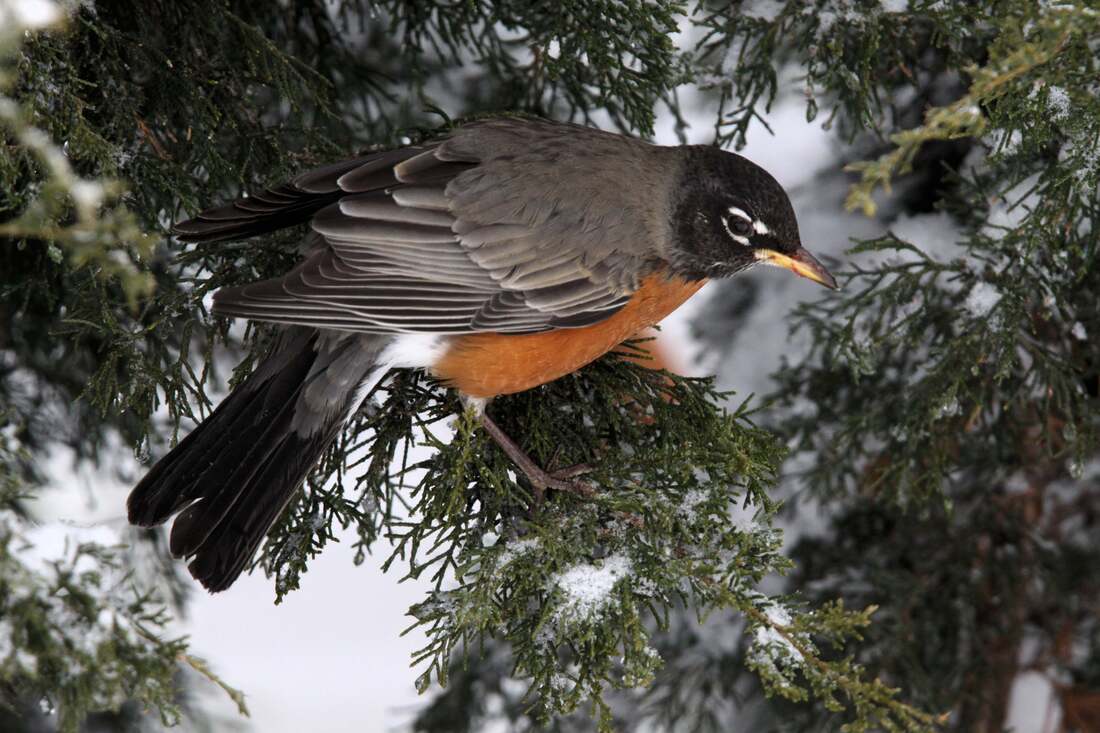



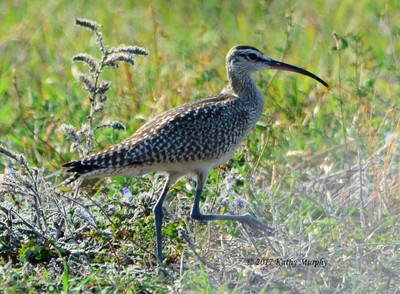


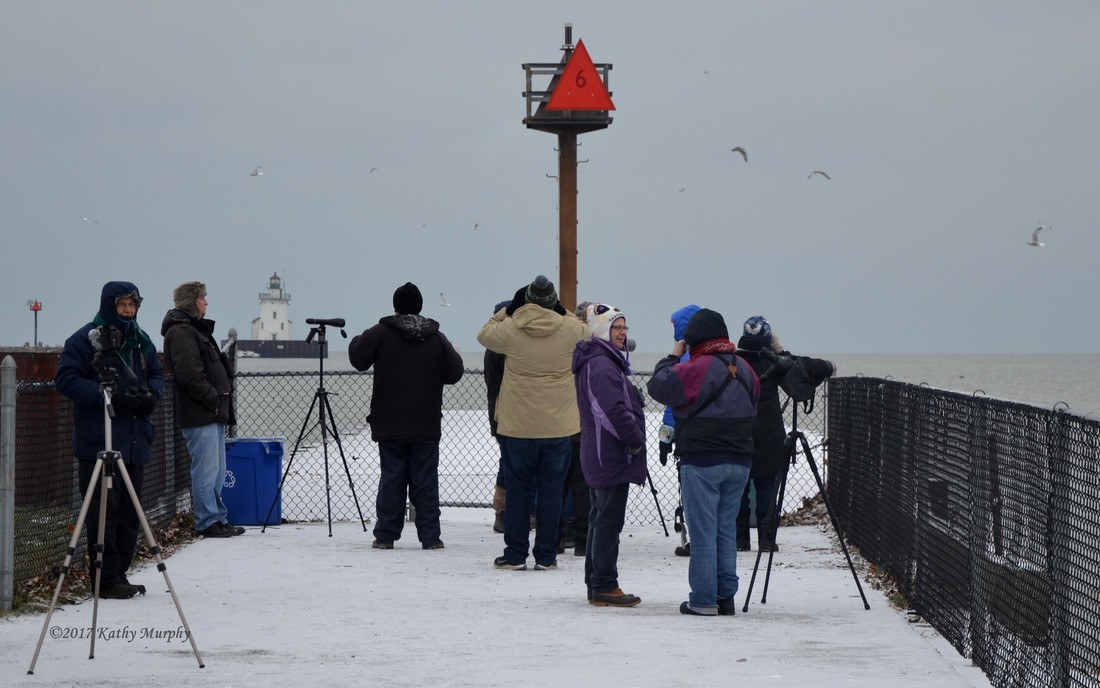








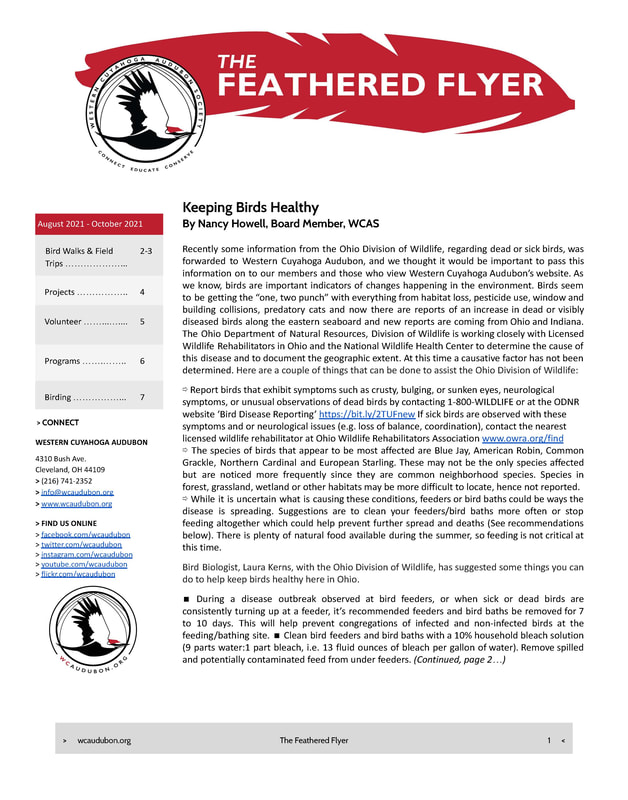
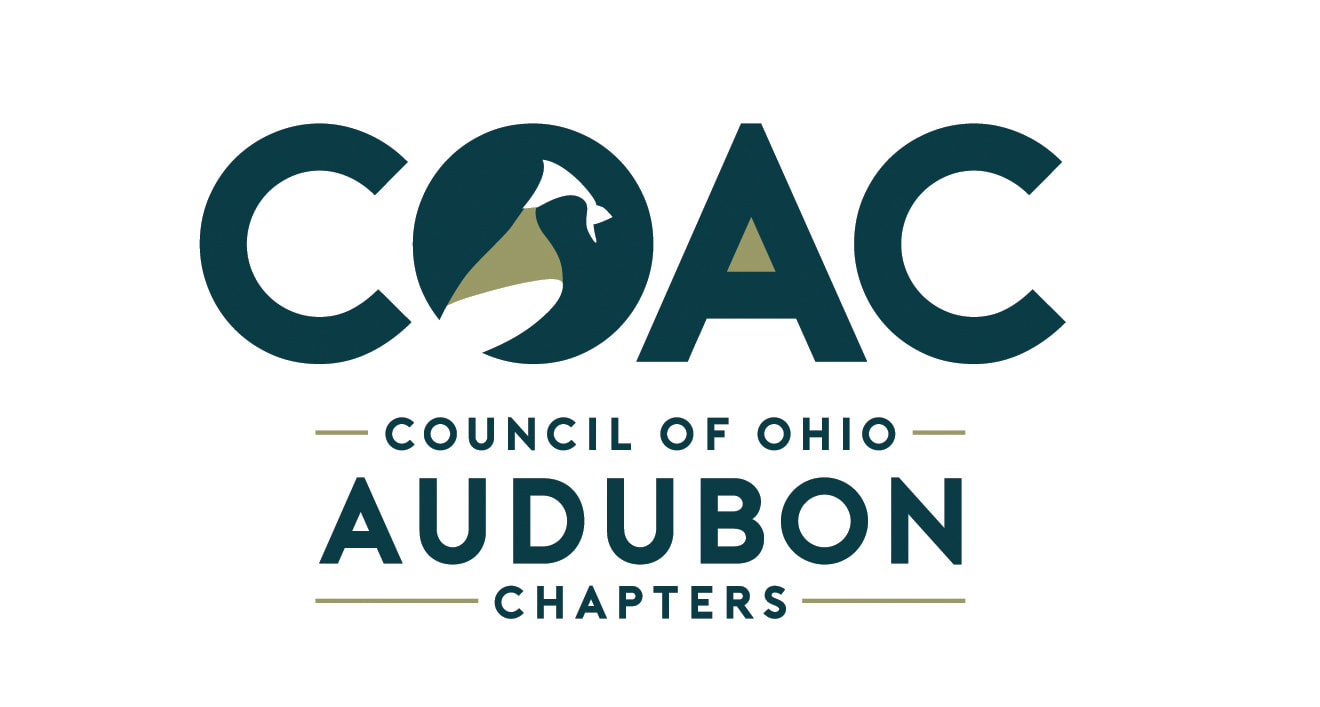
 RSS Feed
RSS Feed

